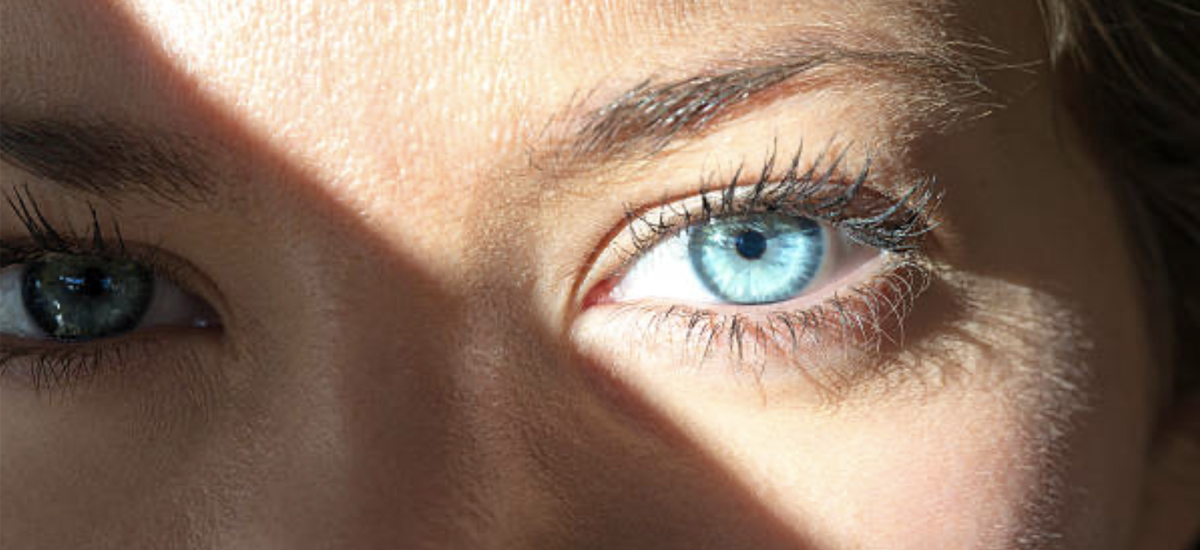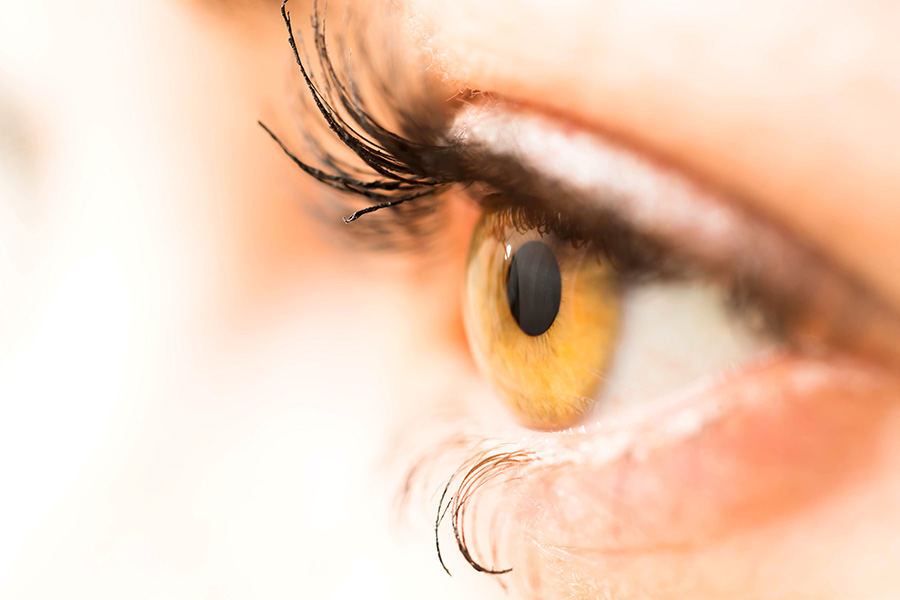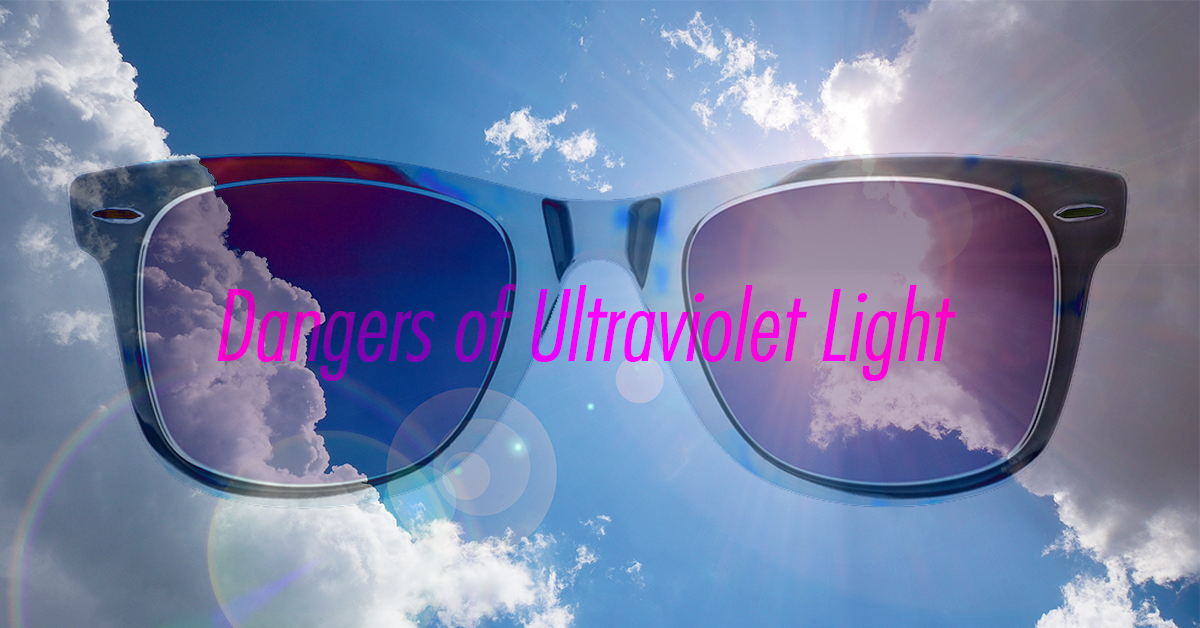
Even a momentary glance at the sun can focus a very intense amount of heat onto the back of the eye (retina). The main hazards to the eye from very intense sunlight are from heat (infrared radiation), UVR (ultraviolet radiation) and from excessive visible light, especially blue light. The following information has been reproduced with permission from ARPANSA (external site). Children should be fully supervised during the eclipse to ensure they do not look directly at the Sun. ChildrenĬhildren's eyes are more susceptible to damage from intense light. There is also a risk of damaging your camera or screen. Mobile phones and camerasĬaution should be taken if viewing the eclipse through your mobile device to ensure that you are not looking directly at the sun by mistake, especially as your phone may not cover the sun entirely. If you do wear solar eclipse glasses, regardless of the risk, then they should be tested to meet the applicable Australian or equivalent standards.ĭo not use eclipse glasses with other optical devices such as a camera lens, telescopes, or binoculars as the concentrated solar rays will cause serious eye injury.ĭark sunglasses, exposed x-ray film and welding shields with a lens category of less than 14 will not provide suitable eye protection. they frequently do not fit the face well and light can reach the eyes from the gaps.there may be scratches, cracks or pin hole defects.The use of equipment or eyewear with specific solar filters for direct viewing of an eclipse is not recommended by the Department of Health or ARPANSA. The safest technique for viewing a solar eclipse is indirect viewing, such as using a pinhole viewer to project an image of the sun onto a piece of card or stiff paper which acts as a screen. Viewing the sun at any time can be dangerous if you do not take the proper precautions, even when the sun’s surface is partially covered during a solar eclipse. The Department of Health and the Australian Radiation Protection and Nuclear Safety Agency (ARPANSA) do not recommend direct viewing of the eclipse.

#Staring at the sun eye damage full#
Viewing a full or partial solar eclipse directly can cause eye damage or permanent blindness, including with the use of visual protection. A partial solar eclipse can also be viewed from across Western Australia. San Diego State University Dept.Solar eclipse: risk of permanent eye damageĮxmouth and surrounds will experience a total solar eclipse on 20 April 2023."Exposing the Secrets of Fringe Eye Care". "Retinal lesion due to excessive exposure to sunlight". "Solar retinopathy and associated optical coherence tomography findings" (PDF).

"Solar retinopathy in a hospital-based primary care clinic".

His methods were widely debated at the time but ultimately discredited for lack of scientific rigor.
#Staring at the sun eye damage series#
Referred to as sunning by William Horatio Bates as one of a series of exercises included in his Bates method, it became a popular form of alternative therapy in the early 20th century. Studies have shown that even when viewing a solar eclipse the eye can still be exposed to harmful levels of ultraviolet radiation. The human eye is very sensitive, and exposure to direct sunlight can lead to solar retinopathy, pterygium, cataracts, and often blindness. It is sometimes done as part of a spiritual or religious practice, most often near dawn or dusk. Sungazing is the dangerous practice of looking directly into the Sun.


 0 kommentar(er)
0 kommentar(er)
